Beat Seasonal Allergies With Essential Oils

For some, springtime is pure joy; for others, it marks the beginning of sneezing, wheezing, and itchy eyes. And if you're allergic to dust, pet dander, or mold, you might battle symptoms all year long. Thankfully, nature has your back. Essential oils offer a natural, gentle solution to help combat seasonal and environmental allergies. Ready to breathe easier? Let’s dive into how you can beat seasonal allergies with the power of essential oils!
Beat Seasonal Allergies With Essential Oils
Allergies are an inflammatory response to environmental triggers. Certain essential oils offer powerful anti-inflammatory, antimicrobial, and immune-supporting properties that help:

Essential oils like Lavender, Chamomile, and Eucalyptus are well-known for their ability to naturally reduce allergic reactions.
Top Essential Oils for Natural Allergy Relief
Here are some standout single oils you can add to your wellness toolkit:
Lavender
- Benefits: Anti-inflammatory, antifungal, antibacterial
- Best for: Soothing skin irritation, calming respiratory reactions[1]
- How to use: Add 5 drops to a diffuser or mix with carrier oil for topical use
Roman Chamomile
- Benefits: Antioxidant, antibacterial, immune-boosting
- Best for: Combating oxidative stress and calming itchy eyes
- How to use: Diffuse before bed to enhance sleep and relieve symptoms
Eucalyptus
- Benefits: Decongestant, antibacterial
- Best for: Clearing stuffy noses and relieving sinus pressure
- How to use: Inhale directly or use in a steamy shower

Combat Allergies Blend
At Edens Garden, we’ve formulated Combat Allergies—a blend crafted to target your most frustrating symptoms. This powerhouse features:
- Lavender - Bulgarian: Calms inflammation and soothes skin irritation
- Frankincense - Serrata: Supports immune balance
- Rosemary - Moroccan: Clears nasal passages
- Eucalyptus - Globulus: Opens airways and fights congestion
- Cypress - Italian: Eases respiratory tension[2]
- Chamomile - Roman: Reduces itchy, watery eyes and promotes relaxation
Combat Allergies is designed to relieve itchy eyes, stuffy noses, and other common allergy symptoms.
Pollen Buster Blend
Formulated for peak pollen season, Pollen Buster includes:
- Fir Needle: Clears congestion, soothes the respiratory tract
- Lavender - Bulgarian: Provides anti-inflammatory support
- Rosalina: A gentle respiratory tonic, perfect for sensitive individuals
- Spruce - Black: Strengthens the respiratory system
- Blue Tansy: Calms allergy-induced inflammation[3]
When pollen counts soar, reach for Pollen Buster to stay grounded and breathing easily.
Easy Ways to Use Essential Oils for Allergy Relief

Diffusion
Diffuse essential oils throughout your home to purify the air and relieve symptoms.
Recipe:
- 5 drops Roman Chamomile
- 3 drops Lavender
- 2 drops Eucalyptus
- Topical Application
Mix essential oils with a carrier oil (like Jojoba or Sweet Almond) for safe skin application.
Recipe:
- 1 tablespoon carrier oil
- 2 drops Combat Allergies blend
- Apply to chest, neck, or wrists
Essential Oil Inhaler
Perfect for on-the-go relief when you can't use a diffuser.
Recipe:
-
5-10 drops Pollen Buster blend onto an inhaler wick
Breathe deeply throughout the day

DIY Allergy Relief Balm
Create your own version of a "natural vapor rub" to ease nighttime discomfort.
You’ll Need:
- 4 oz Fractionated Coconut Oil
- 1 oz Soy Wax (grated or pellets)
- 6 drops Combat Allergies blend
Directions:
- Melt soy wax in a double boiler, stir in carrier oil.
- Remove from heat and add essential oils.
- Pour into a glass jar and allow to cool.
- Apply to the chest and neck before bed.
- Start Your Allergy-Free Journey Today
Seasonal sniffles, itchy eyes, and constant sneezing don’t have to be your norm. With essential oils like Combat Allergies Blend and other powerful single oils, you can take a natural and effective approach to managing your symptoms.
Breathe easier, feel better, and enjoy every season—naturally.
Why Choose Edens Garden Essential Oils?
When you're fighting allergies, purity matters. Edens Garden’s essential oils are 100% pure, expertly tested, and free from harmful additives and pesticides. Our commitment to quality means you can trust what you’re breathing in and applying to your body.
✔️Rigorous GC/MS Testing: Every batch tested for purity
✔️No Additives, No Fillers: Only nature’s finest ingredients
✔️Expertly Crafted Blends: Formulated for safety and effectiveness
When choosing essential oils for allergies, go with a brand that prioritizes your wellbeing, choose Edens Garden.
SOURCES:
- Cavanagh, H.M.A. and Wilkinson, J.M. “Biological activities of Lavender essential oil.” Phytother. Res., 16 (2002): 301-308. https://onlinelibrary.wiley.com/doi/abs/10.1002/ptr.1103?casa_token=TrevNG748woAAAAA:hifNb_cQJeRLzmdb7XKXCfxyDtdo6S5OlnMIYpWmsf7bRw6lLnOijIR5Z-46dF-qWe2LwF-4YE0wOw
- Cooksley, Valerie. Aromatherapy: A Lifetime Guide to Healing with Essential Oils. Prentice Hall: 1996.
- Battaglia, Salvatore. Blue Tansy
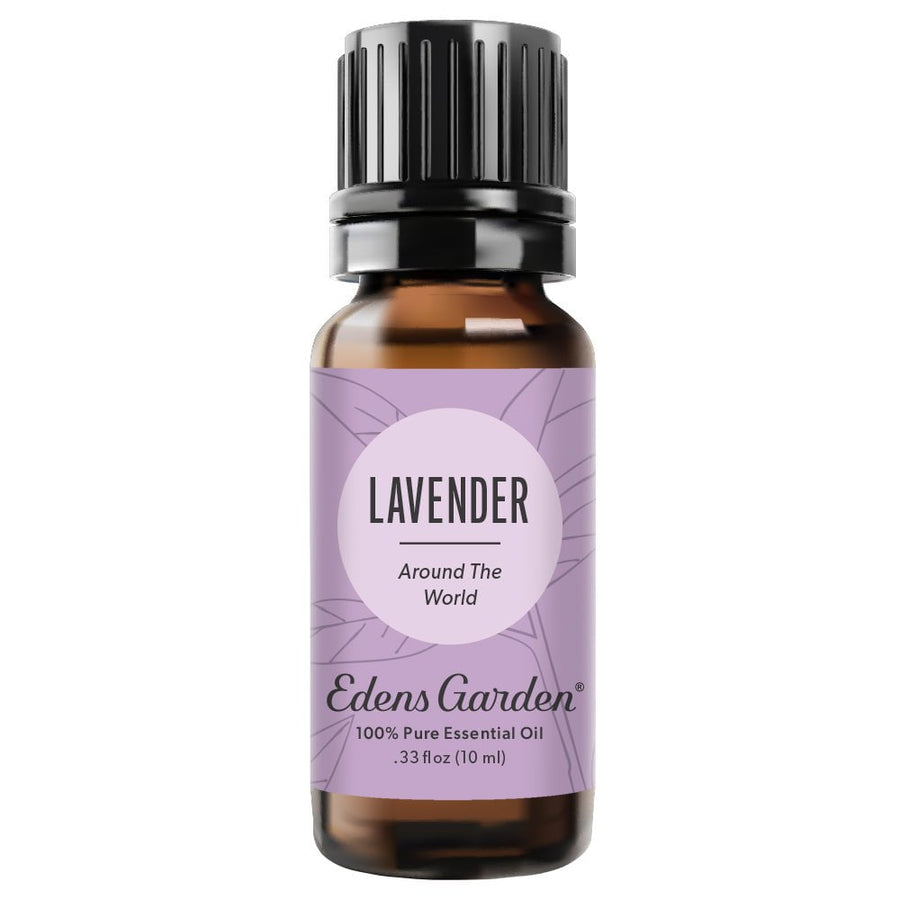
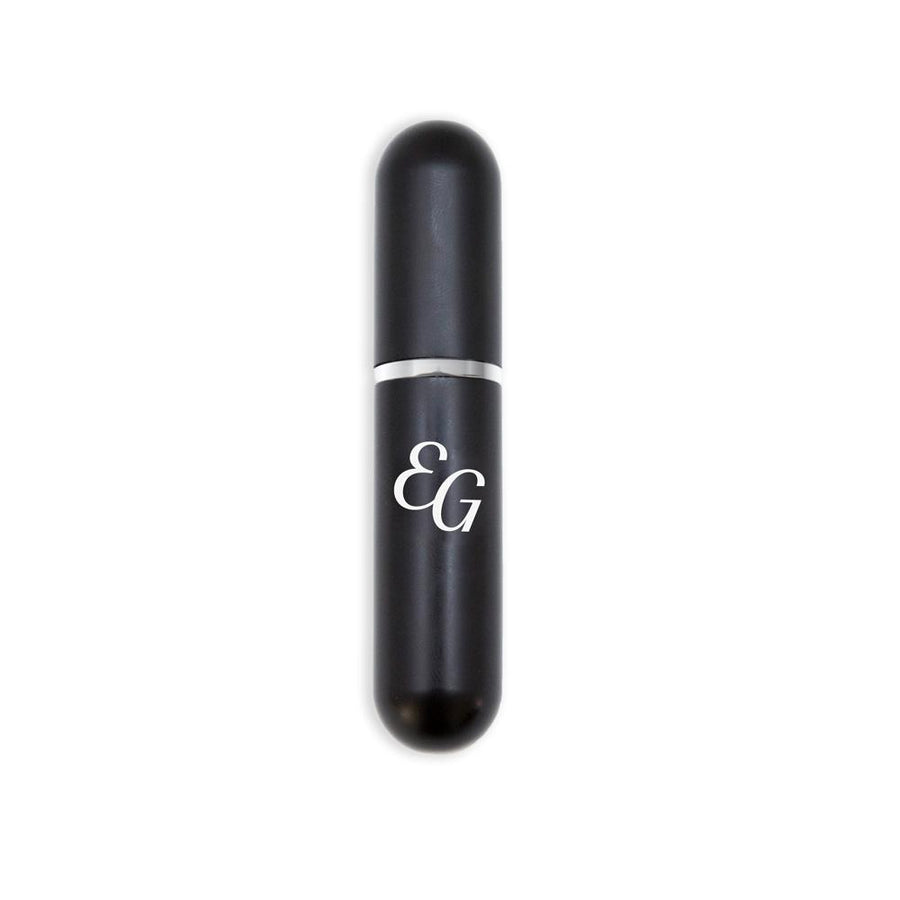
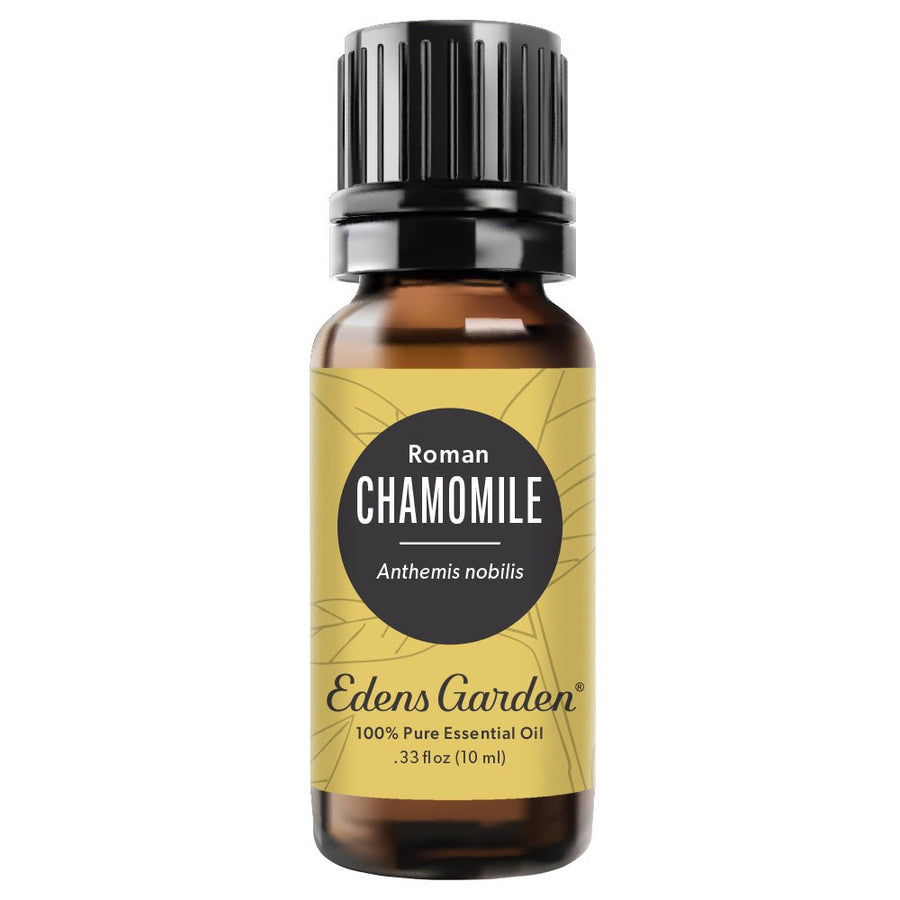

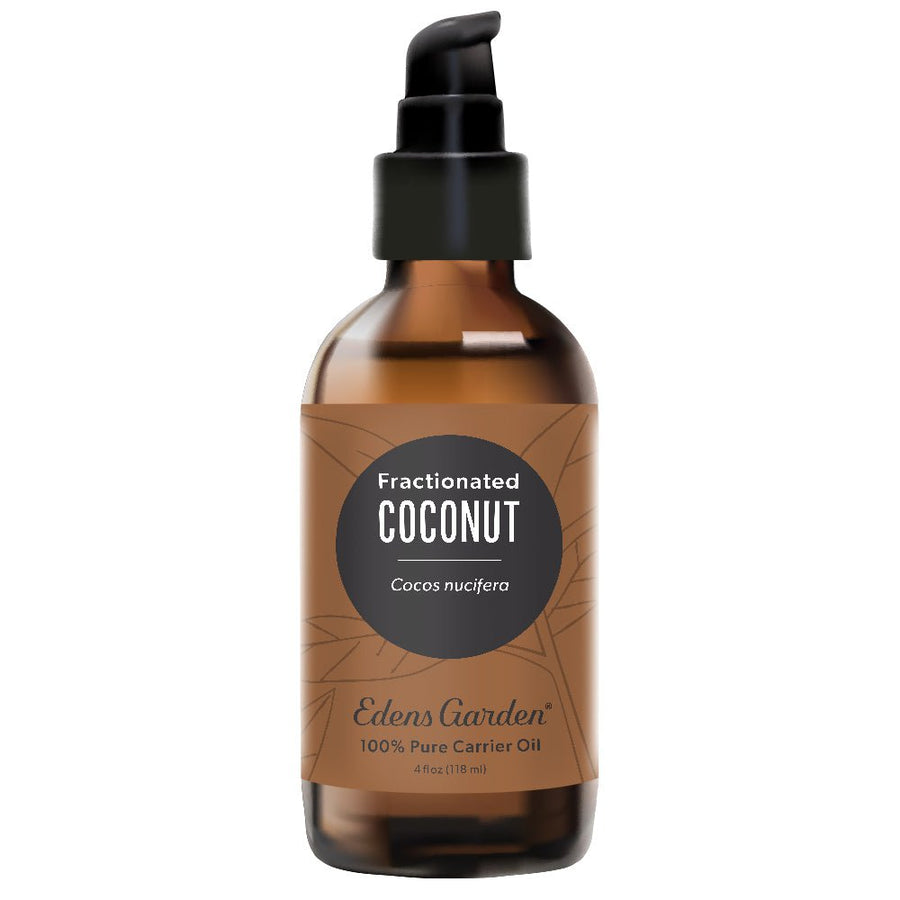


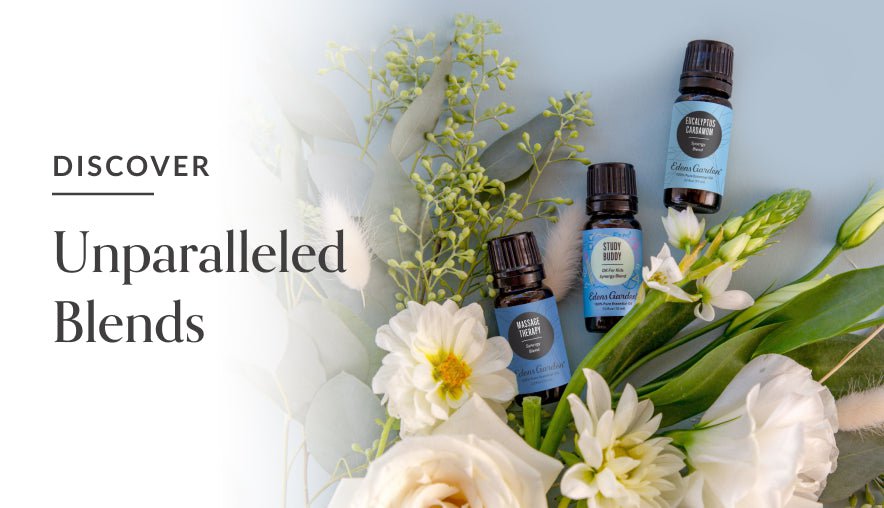
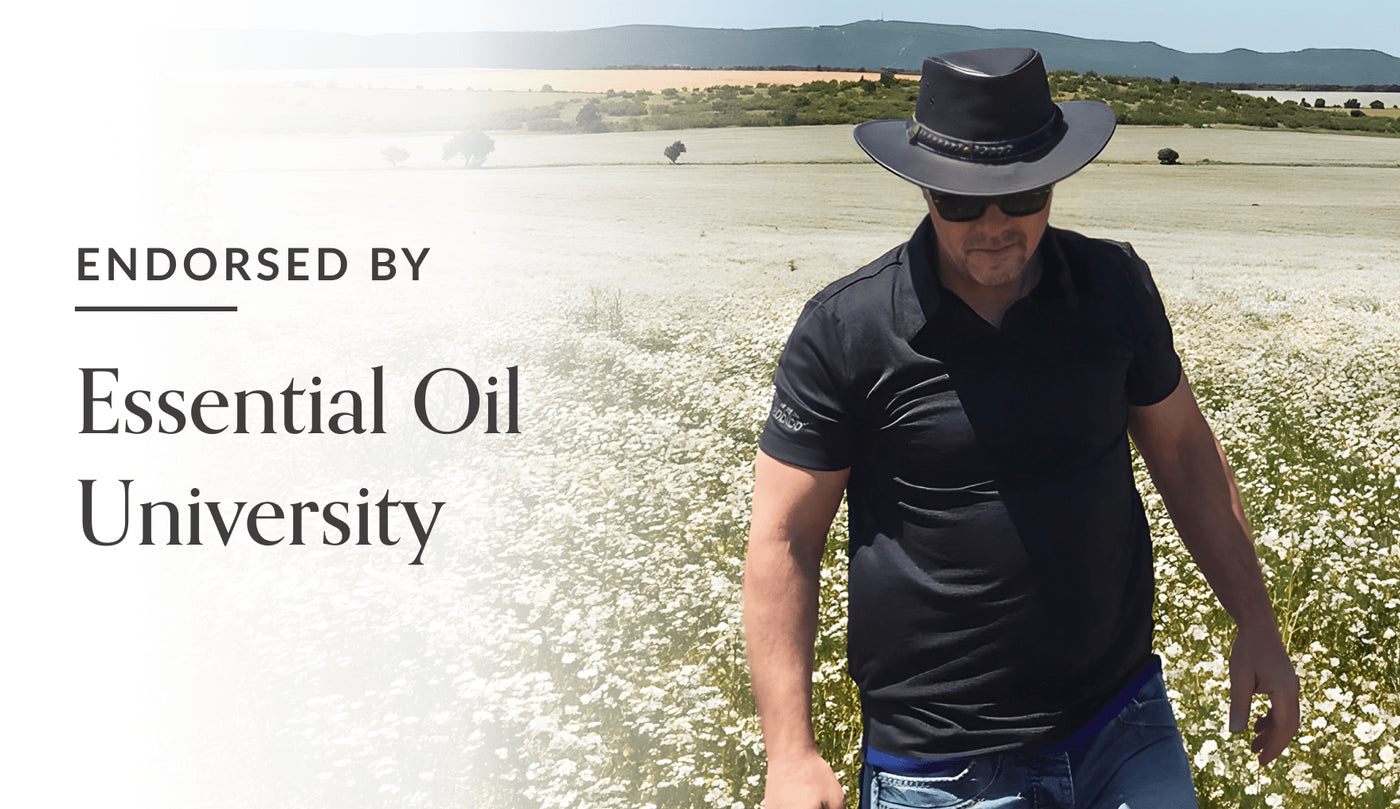
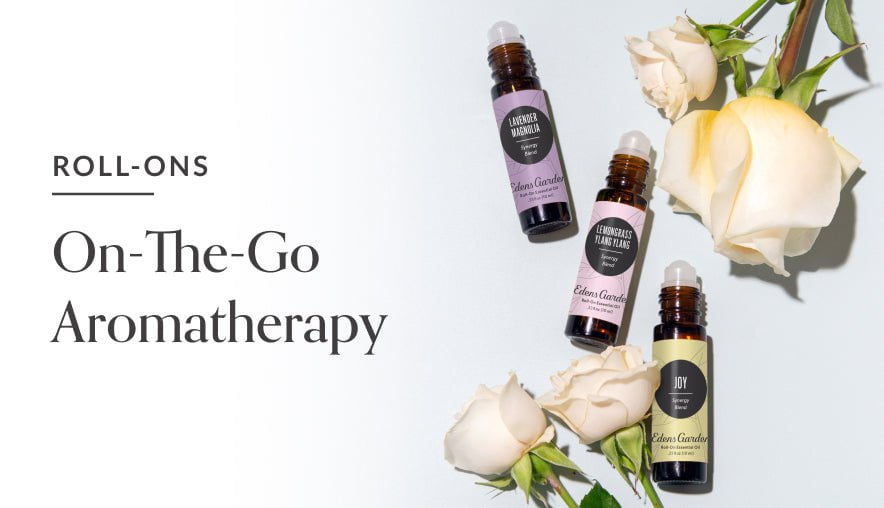
Leave a comment (Comments will be approved before showing up)